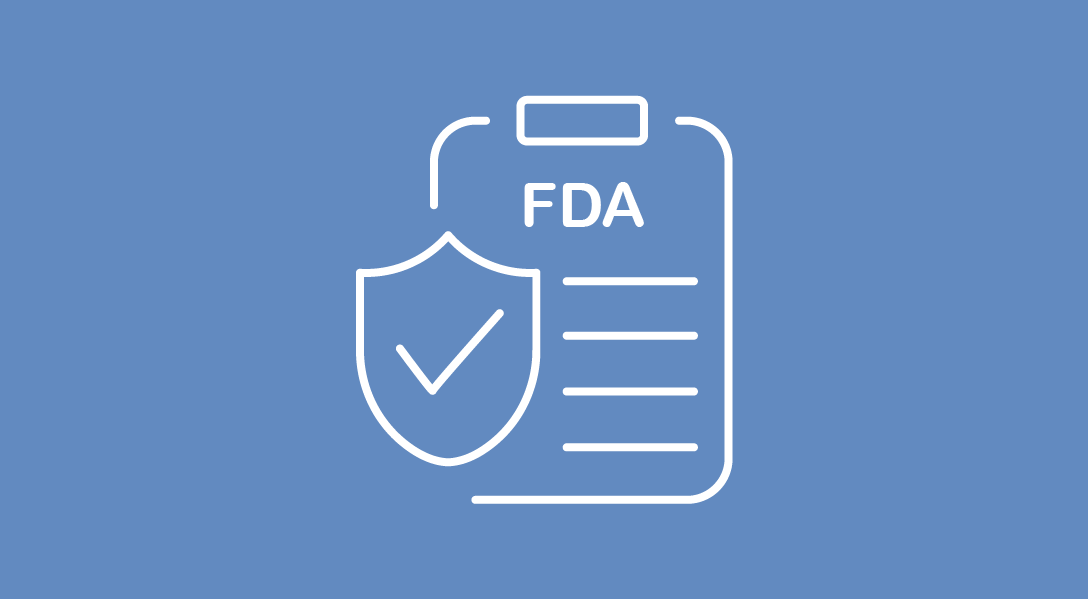LSTA1 Receives Rare Pediatric Disease Designation From FDA for Osteosarcoma
The FDA granted LSTA1 rare pediatric disease designation for the treatment of osteosarcoma.
LSTA1 Receives Rare Pediatric Disease Designation From FDA for Osteosarcoma

The investigational agent LSTA1 (CEND-1) received a rare pediatric disease designation (RPDD) from the FDA for the potential treatment of pediatric or adult patients with osteosarcoma, according to an announcement from Lisata Therapeutics, Inc.1
The agent was designed to activate a novel uptake pathway in tumor cells, enabling it to penetrate solid tumors more effectively and accumulate in the tumor. LSTA1 does this by binding to alpha-v integrins that are selectively expressed in tumors but not in healthy tissues.2 The cyclic peptide is then cleaved by proteases to a CendR fragment, which binds to neuropili-1 and activates the uptake pathway.
Non-clinical data have demonstrated that LSTA1 enhances the delivery of multiple anticancer therapies, including chemotherapeutics, immunotherapies, and RNA-based agents. Moreover, LSTA1 demonstrates a potential ability to modify the tumor microenvironment in preclinical models, which could lead to enhanced responses to immunotherapies. The agent also demonstrated favorable safety, tolerability, and activity in patients with pancreatic cancer in clinical trials seeking to improve chemotherapy delivery.1,2
“LSTA1 has already demonstrated promise in preclinical and clinical settings for the treatment of several advanced solid tumors, and we believe that potential extends to a beneficial impact in osteosarcoma, a rare cancer that usually develops in the osteoblast cells that form bone,” Kristen K. Buck, MD, executive vice president of Research & Development and chief medical officer of Lisata, stated in a news release.1 “Receiving RPDD from the FDA is an important milestone as we plan future clinical expansion for LSTA1, and, more importantly, it underscores the high unmet medical need of this patient population.”
Previously reported data from a phase 1 study (NCT03517176) of LSTA1 in combination with standard-of-care (SOC) gemcitabine and nab-paclitaxel (Abraxane) in metastatic pancreatic ductal adenocarcinoma (PDAC) were published in The Lancet Gastroenterology and Hepatology in 2022.3
The agent demonstrated an acceptable safety profile, with no dose-limiting toxicities. Preliminary efficacy data showed that the investigator-assessed objective response rate achieved with the regimen was 59% (95% CI, 39%-77%) in the overall population (n = 29), and the 16-week disease control rate was 90% (95% CI, 73%-98%). At a median follow-up of 33.2 months (interquartile range [IQR], 25.5-not estimable), the median progression-free survival was 9.7 months (95% CI, 6.2-11.6), and at a median follow-up of 25.7 months (IQR, 23.7-30.2), the median overall survival was 13.2 months (95% CI, 9.7-22.5).
In August 2023, LSTA1 was granted orphan drug designation by the FDA for use as a potential therapeutic option in patients with malignant glioma.4 Additionally, the agent was granted orphan drug designation for pancreatic cancer by the European Medicines Agency’s Committee for Orphan Medical Products in October 2023, and also received a fast track designation from the FDA in this disease setting.1,5
LSTA1 is currently being evaluated as a combination therapy across solid tumor types, including metastatic PDAC, pancreatic cancer, colon cancer, appendiceal cancer, and glioblastoma multiforme.2
In the phase 2 BOLSTER study (NCT05712356), investigators are evaluating the safety, tolerability, and efficacy of LSTA1 in combination with SOC vs SOC alone in patients with solid tumors, including advanced head and neck squamous cell carcinoma and cholangiocarcinoma. The trial is currently recruiting.
Other ongoing clinical investigations include the phase 2 ASCEND trial (NCT05042128) of LSTA1 plus gemcitabine and nab-paclitaxel vs placebo plus gemcitabine/nab-paclitaxel in patients with previously untreated metastatic PDAC, and the phase 1b/2 CENDIFOX trial (NCT05121038) of LSTA1 plus neoadjuvant FOLFIRINOX (leucovorin, 5-fluorouracil, and irinotecan) with or without panitumumab (Vectibix) in patients with pancreatic, colon, and appendiceal cancers in the United States.
References
- Lisata Therapeutics Announces US FDA rare pediatric disease designation granted to LSTA1 for the treatment of osteosarcoma. News release. Lisata Therapeutics, Inc. March 21, 2024. Accessed March 29, 2024. https://ir.lisata.com/news-releases/news-release-details/lisata-therapeutics-announces-us-fda-rare-pediatric-disease
- Pancreatic cancer & advanced solid tumors – LSTA1. Lisata Therapeutics, Inc. website. Accessed March 29, 2024. https://www.lisata.com/product-development-pipeline/pancreatic-cancer-advanced-solid-tumors-lsta1/
- Dean A, Gill S, McGregor M, et al. Dual αV-integrin and neuropilin-1 targeting peptide CEND-1 plus nab-paclitaxel and gemcitabine for the treatment of metastatic pancreatic ductal adenocarcinoma: a first-in-human, open-label, multicentre, phase 1 study. Lancet Gastroenterol Hepatol. 2022;7(10):943-951. doi:10.1016/S2468-1253(22)00167-4
- Lisata Therapeutics announces US FDA orphan drug designation granted to LSTA1 for the treatment of malignant glioma. News release. Lisata Therapeutics, Inc. August 8, 2023. Accessed March 29, 2024. https://ir.lisata.com/news-releases/news-release-details/lisata-therapeutics-announces-us-fda-orphan-drug-designation
- Lisata Therapeutics announces European Medicines Agency has granted LSTA1 orphan drug designation for the treatment of pancreatic cancer. News release. Lisata Therapeutics. October 17, 2023. Accessed March 29, 2024. https://ir.lisata.com/news-releases/news-release-details/lisata-therapeutics-announces-european-medicines-agency-has



